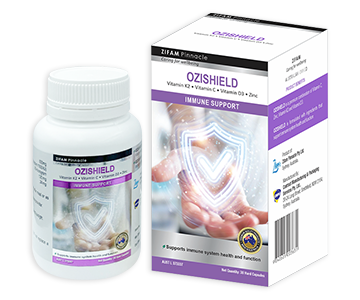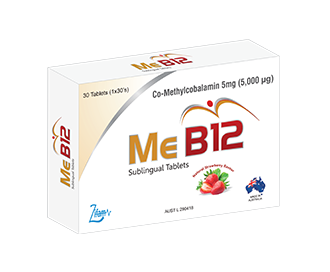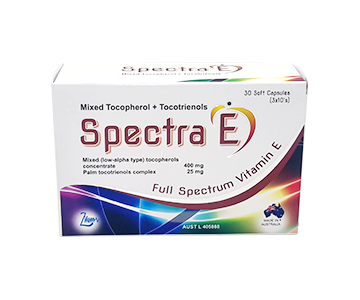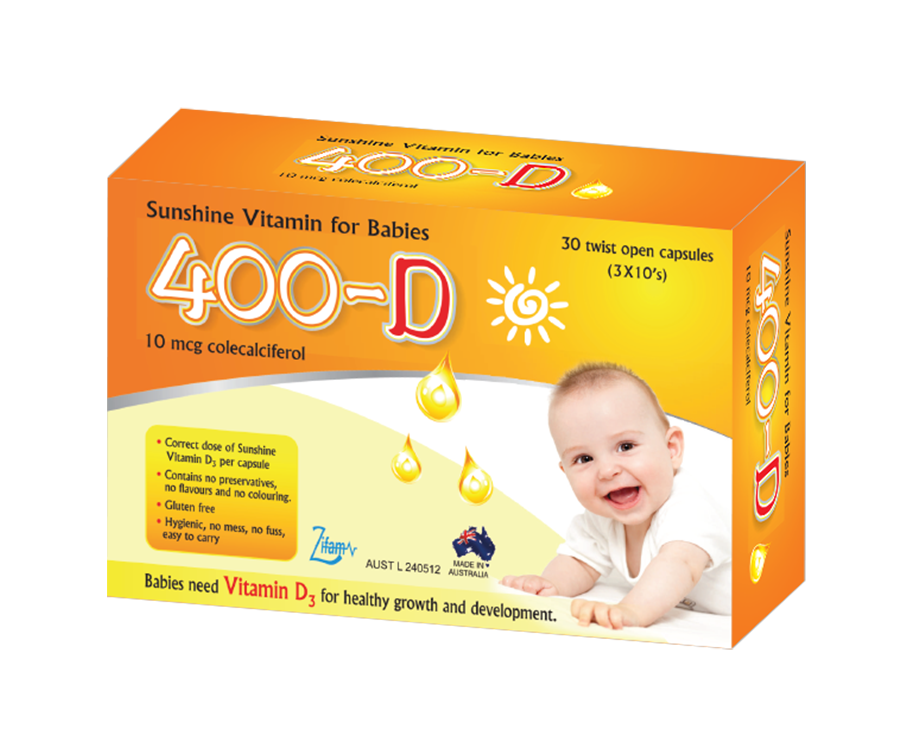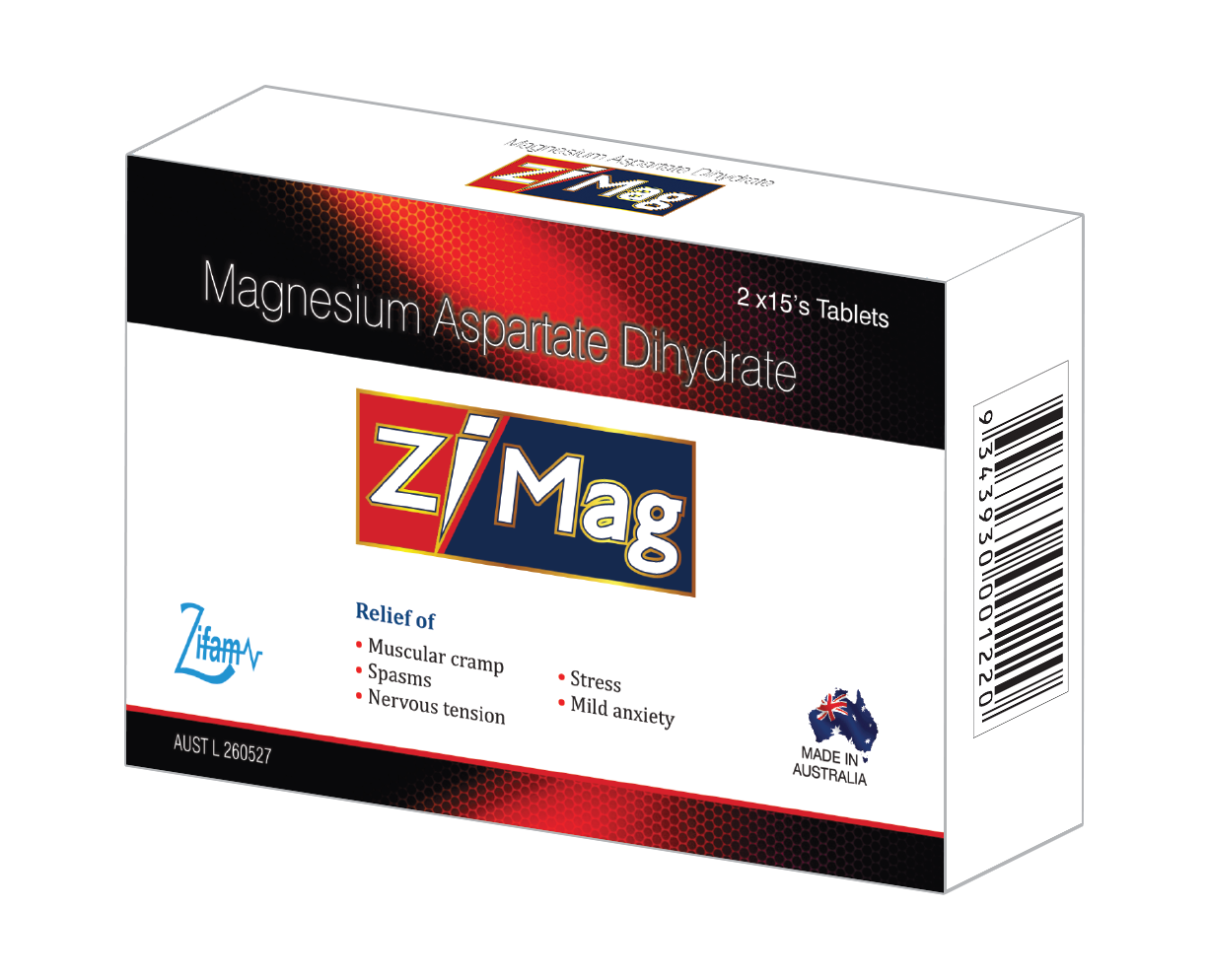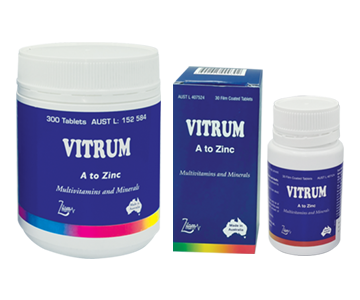NANO-D
- ENG
- မြန်မာ
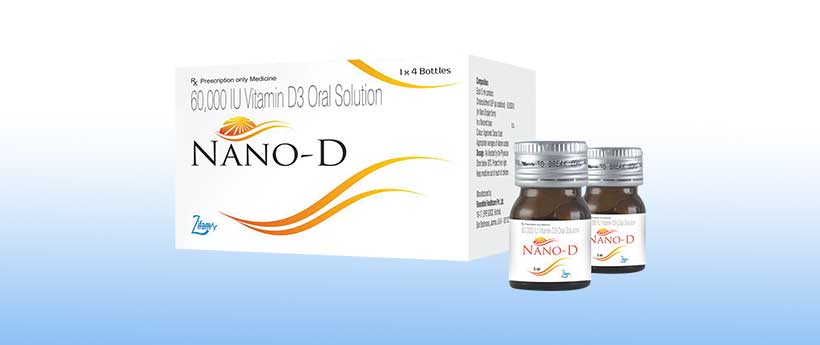
NANO-D
(60,000 IU Vitamin D3 Oral Solution)
COMPOSITION:
Each 5 ml contains:
Cholecalciferol USP (as stabilized) 60000 IU
(In Nano droplet form)
In a Flavoured base q.s.
Colour: Approved colour used
Appropriate overage of vitamin added
DESCRIPTION OF DRUG:
Yellow coloured, clear solution filled in amber coloured glass bottle, sweet in taste with flavoured odour.
DOSAGE FORMS AND STRENGTHS:
Oral solution (In Nano droplet form) – 60000 IU
DESCRIPTION
The primary constituent of NANO-D is Vitamin D3 (Cholecalciferol). This vitamin is an essential component in human body, which helps in the absorption of calcium and phosphates from the bowel. It is vital for keeping bones and teeth healthy.
INDICATIONS AND USES:
NANO-D is indicated for
- Treatment and prevention of Vitamin D3 deficiency in adults, elderly and children over 12 years of age
- As adjunct to specific therapy for osteoporosis in patients with Vitamin D3 deficiency or at risk of Vitamin D3 insufficiency
PHARMACOLOGICAL PROPERTIES:
Pharmacodynamics Properties
Pharmacotherapeutic group: Vitamin D3, Cholecalciferol
In its biologically active form Vitamin D3 stimulates intestinal calcium absorption, incorporation of calcium into the osteoid, and release of calcium from bone tissue. In the small intestine it promotes rapid and delayed calcium uptake. The passive and active transport of phosphate is also stimulated. In the kidney, it inhibits the excretion of calcium and phosphate by promoting tubular resorption. The production of parathyroid hormone (PTH) in the parathyroids is inhibited directly by the biologically active form of Vitamin D3. PTH secretion is inhibited additionally by the increased calcium uptake in the small intestine under the influence of biologically active Vitamin D3.
Pharmacokinetic properties
The pharmacokinetics of Vitamin D3 is well known.
Absorption: Vitamin D3 is well absorbed from the gastro-intestinal tract in the presence of bile, so the administration with the major meal of the day might therefore facilitate the absorption of Vitamin D3
Distribution and biotransformation: it is hydroxylated in the liver to form 25-hydroxy-colecalciferol and then undergoes further hydroxylation in the kidney to form the active metabolite 1, 25-dihydroxycolecalciferol (calcitriol).
Elimination: The metabolites circulate in the blood bound to a specific a globulin, Vitamin D3 and its metabolites are excreted mainly in the bile and faces.
Characteristics in Specific Groups of Subjects or Patients
A 57% lower metabolic clearance rate is reported in subjects with renal impairment as compared with that of healthy volunteers. Decreased absorption and increased elimination of Vitamin D3 occurs in subjects with malabsorption. Obese subjects are less able to maintain Vitamin D3 levels with sun exposure, and are likely to require larger oral doses of Vitamin D3 to replace deficits.
DOSAGEAND ADMINISTRATION:
Treatment of Vitamin D3 deficiency (<25 nmol/) 60,000 IU/week (I single-dose oral solution) for 6-8 weeks, followed by maintenance therapy (equivalent to 1400-2000 IU/day, such as I single-dose 60,000 IU oral solution per month) is recommended; follow-up 25(OH) D measurements should be made approximately three to four months after initiating maintenance therapy to confirm that the target level has been achieved).
Method of administration:
Patients is advised to take NANO-D preferably with meal through oral route
Administration to adults:
The single-dose oral solution should be either emptied into the mouth and swallowed orally, or emptied on to a spoon and taken orally.
CONTRAINDICATIONS:
- Allergy
Allergy to Vitamin D3 or Hypersensitivity to the active substance(s) or to any of the excipients - Hypercalcaemia and/or hypercalciuria
The blood calcium levels should be confirmed before taking this medication.
- Nephrolithiasis and/or nephrocalcinosis
- Serious renal impairment
- Hypervitaminosis D
- Malabsorption Syndrome
Pseudohypoparathyroidism as the Vitamin D3 requirement may be reduced due to phases of normal Vitamin D3 sensitivity, involving the risk of prolonged overdose. Better regulatable Vitamin D3 derivatives are available for this.
WARNINGS AND PRECAUTIONS:
- NANO-D should be used with caution in patients with impairment of renal function. In such patient the effect on calcium and phosphate levels should be monitored regularly. The risk of soft tissue calcification should be taken into account
- Caution is required in patients receiving treatment for cardiovascular disease
- NANO-D should be prescribed with caution in patients with sarcoidosis, due to a possible increase in the metabolism of Vitamin D3 in its active form. In these patients the serum and urinary calcium levels should be monitored
- Total dose of Vitamin D3 should adjust in patient which are already associated on Vitamin D3 treatment, foods enriched with Vitamin D3, milk enriched with Vitamin D3, and level of sun exposure
- There is no clear evidence for causation between Vitamin D3 supplementation and renal stones, but the risk is plausible, especially in the context of concomitant calcium supplementation. The need for additional calcium supplementation should be considered for individual patients. Calcium supplements should be given under close medical supervision.
- Oral administration of high-dose Vitamin D3 was reported to result in an increased risk of facture in elderly subjects, with the greatest increase occurring during the first 3 months after dosing
ADVERSEREACTIONS:
Adverse reactions are listed below, by system organ class and frequency. Frequencies are defined are Uncommon (>1/1,000, €1/100) or rare (=* 1/110, 000. 1/1.000).
Metabolism and nutrition disorders
Uncommon: Hypercalcaemia and hypercalciuria
Skin and subcutaneous disorders:
Rare: pruritus, rash, and urticaria.
DRUG INTERACTIONS:
- All drugs act different in each individual, You should check all the possible interactions of this medicine with any drug/food with your doctor before starting this medication
- Concomitant use of anticonvulsants (such as phenytoin) or barbiturates (and possibly other drugs that may induce hepatic enzymes) may reduce the effect of Vitamin D3 by metabolic interaction
- In case of treatment with thiazide diuretics, which decrease urinary elimination of calcium, monitoring of serum calcium concentration is recommended during treatment
- Concomitant use of glucocorticoids can decrease the effect of Vitamin D3
- In cases of treatment with drugs containing digitalis and other cardiac glycoside, administration of Vitamin DS may increase the risk of digitalis toxicity (arrhythmia). Strict medical supervision is needed, together with serum calcium concentration and electrocardiographic monitoring
- Simultaneous treatment with ion exchange resin such as cholestyramine, colestipal hydrochloride, orlistat or laxative such as paraffin oil may reduce the gastrointestinal absorption of Vitamin D3
- The cytotoxic agent actinomycin and imidazole antifungal agents interfere with Vitamin D3 activity by inhibiting the conversion of 25-hydroxyvitamin D to 1, 25-dihydroxy vitamin D by the kidney enzyme, 25-hydroxyvitamin D-1-hydroxylase
Interaction with Alcohol
- Interaction with alcohol is unknown. It is advisable to consult your doctor before consumptions.
Interaction with Medicine
- Phenytoin
- Aluminium Hydroxide / Magnesium Hydroxide
- Calcitriol
- Hydrochlorothiazide
Disease interactions
- Disease
Information not available - Food interactions
Information not available. - Lab interactions:
Information not available.
This is not an exhaustive list of possible drug interactions. You should consult your doctor about all the possible interactions of the drugs you are taking.
USE IN SPECIFIC POPULATIONS:
In pregnancy and lactation the high strength formulation is not recommended a low strength formulation should prefer
- Pregnancy
There are no or limited data for the use of colecalciferol in pregnant women. Studies in animals have shown reproductive toxicity. The recommended daily intake for pregnant women is 400 IU, however, in women who are considered to be Vitamin D3 deficient a higher dose may be required. During pregnancy women should follow the advice of their medical practitioner as their requirements may vary depending on the severity of their disease and their response to treatment Vitamin D3.
- Breast-feeding
Vitamin D3 can be prescribed while the patient is breast-feeding if necessary. This supplementation do not replace the administration of Vitamin D3 in the neonate.
- Fertility
There is no data regarding treatment with Vitamin D3 and its effects on fertility.
OVERDOSE:
Symptoms of chronic Vitamin D3 over dosage may require forced diuresis as well as administration of glucocorticoids or calcitonin.
No special antidote exits.
It is recommended to point out the symptoms of potential overdose to patients under chronic therapy with higher doses of Vitamin D3
Storage
Store below 30°C. Protect from light.
Keep medicine out of reach of children.
Packing
4 x5 ml Amber glass bottle with poly propylene cap packed in a carton along with package insert.
Primary Container
Amber glass bottle &polypropylene cap.
Secondary Container
Carton, Label, D3 Tray & package insert.
Shelf life
24 Months from the date of manufacturing.






